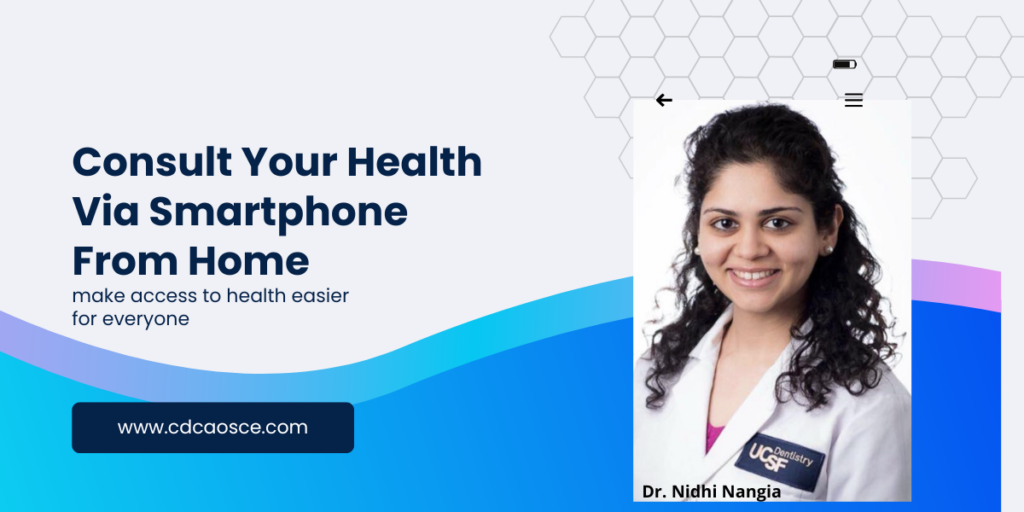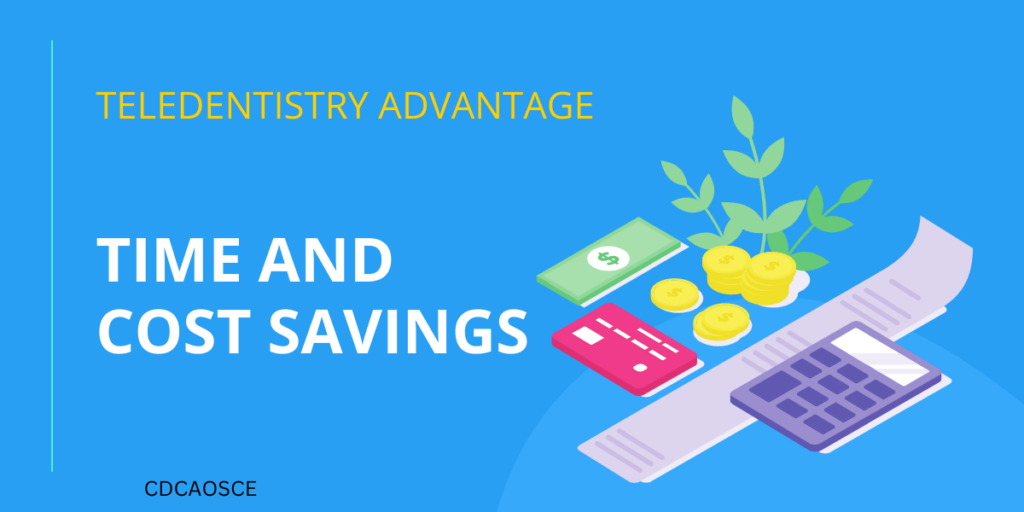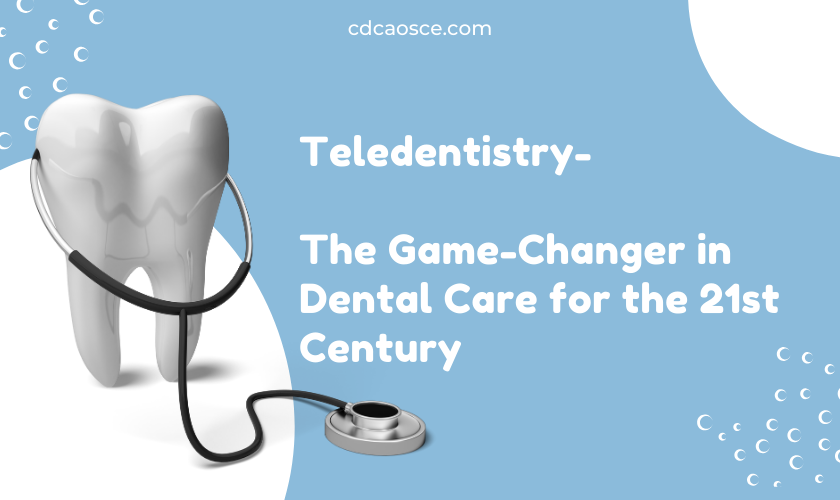Introduction
Teledentistry is a form of remote dental care that utilizes telecommunication technologies to enable dental professionals to interact with patients remotely. It is the best known alternative to dental care in underserved areas. There are many areas around the globe where access to dental care is either limited or unaffordable. In this article, we will explore the different aspects including its definition, objectives, types, and disadvantages.

What is Teledentistry?
It is a technology-enabled approach to delivering dental care services. It is done via video conferencing, email, and other remote communication tools to enable dentists to communicate with their patients, monitor patient progress remotely and conduct virtual consultations. This service allows dental professionals to diagnose, consult, and provide treatment recommendations to patients who are not physically present in their office.
Objective of Teledentistry
The primary objective of this service is to improve access to dental care services for patients who may have difficulty accessing traditional in-person dental care. It can be particularly useful in rural or underserved areas where there is a shortage of dental care providers. Additionally, tele services can improve the efficiency of dental care delivery by enabling dental professionals to diagnose and treat patients remotely, reducing the need for multiple office visits.
Types of Teledentistry
Synchronous
Synchronous involves real-time communication between the patient and the dentist. This can include video conferencing or phone consultations. During synchronous, the dentist can visually examine the patient’s teeth, gums, and mouth, and provide a diagnosis and treatment recommendations in real-time.
Asynchronous
Asynchronous involves the transmission of dental information, such as X-rays, photos, and patient history, to a dentist who can review the information and provide a diagnosis and treatment recommendations at a later time. Asynchronous is useful when the patient is unable to communicate with the dentist in real-time, such as when the dentist is not available or when the patient’s condition is not urgent.
Advantage of Teledentistry

Easy Access
Dental care for people who live in remote or underserved areas, as well as those who have mobility issues, transportation difficulties, and other challenges to visiting in person. Check this video for more
Convenience
Flexible follow-up care from the comfort of their own home or even from the office without taking time off.
Early Detection and Prevention
Telehealth care help to prevent more serious dental problems from developing and ultimately prevent costly treatments in the future. It can be used for early detection and prevention of dental problems through regular online check-ups and remote monitoring of dental conditions.
Increased Provider Collaboration
Facilitate collaboration between dental providers and other healthcare professionals, such as primary care physicians, specialists, and emergency medical providers.
Time and Cost Savings
Saves time and cost associated with traditional in-person dental visits, as there is no need for patients to spend time and money on transportation, parking, or waiting rooms.

Disadvantages of Teledentistry
While tele services offers several benefits, it also has some potential disadvantages that must be considered. These include:
Limited Physical Examination
It does not enable the dentist to physically examine the patient’s teeth, gums, and mouth, which can limit the accuracy of the diagnosis and treatment recommendations. Some conditions may require a physical examination to accurately diagnose and treat, which may not be possible over the internet.
Technical Issues
Requires a reliable internet connection and adequate technology, such as a camera and microphone, to enable real-time communication between the dentist and the patient. Technical issues such as poor internet connectivity, low-quality camera or microphone, or incompatible devices can hinder effective communication between the patient and the dentist.
Limited Scope of Services
Not for all. May not be able to provide all dental care services that a patient may require. Some treatments may require in-person visits, such as surgeries or complex procedures.
Cost
Online dental services may not be covered by insurance providers, which can make it more expensive for patients. Additionally, patients may need to invest in additional technology, such as a recommended camera or microphone or even a software upgrade such as windows or latest antivirus, to access digital platform services.
FAQ
What kind of dental services can be provided digitally?
Can it replace traditional dental visits?
Is it covered by insurance?
Who can benefit from teledentistry?
How secure is teledentistry?
How can I find a teledentistry provider?
Do I need any special equipment to use services?
Best benefit of this digital service?
Is it appropriate for children?
Can I get a prescription through this service?
How can I prepare for a digital appointment?
Can I get a second opinion through teledentistry?



